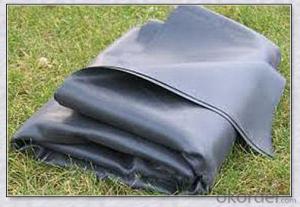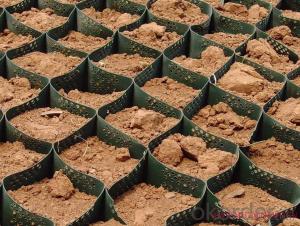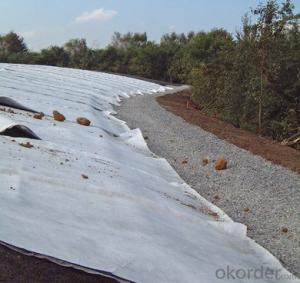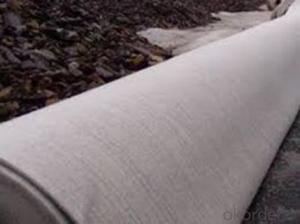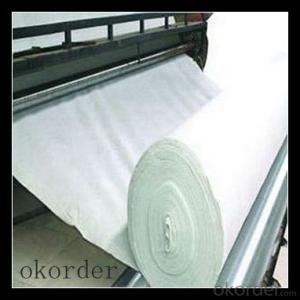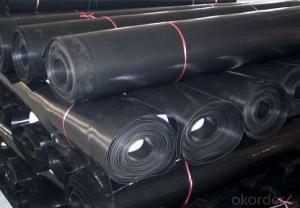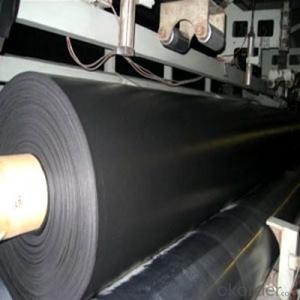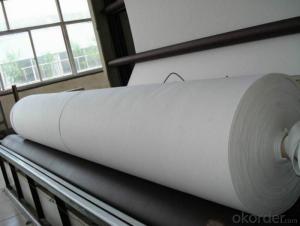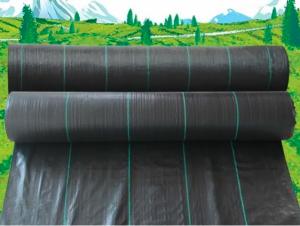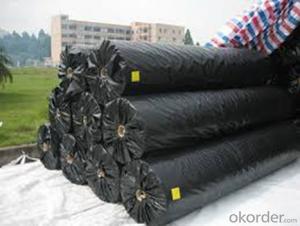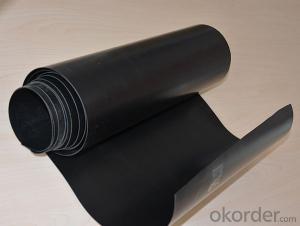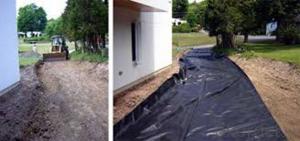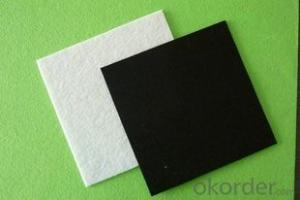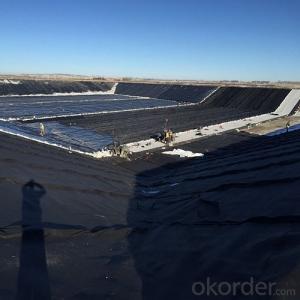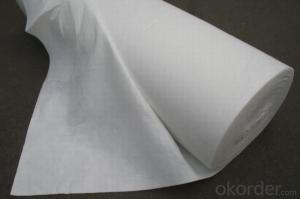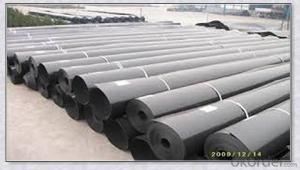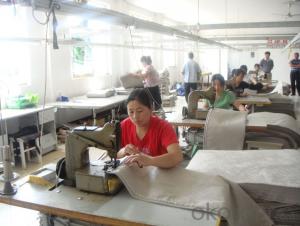All Categories
- - Steel Wire Rod
- - Steel Coils
- - Steel Profiles
- - Steel Pipes
- - Stainless Steel
- - Tinplate
- - Special Steel
- - Steel Sheets
- - Steel Rebars
- - Steel Strips
- - Hot Rolled Steel
- - Cold Rolled Steel
- - Pre-painted Steel
- - Seamless Steel Pipe
- - Welded Steel Pipe
- - Hollow Steel Tubes
- - Galvanized Pipe
- - Stainless Steel Coil
- - Stainless Steel Sheet
- - Stainless Steel Plate
- - Stainless Steel Strips
- - Electrolytic Tinplate Coil
- - Electrolytic Tinplate Sheet
- - Stainless Steel Rebars
- - Solar Panels
- - Solar Water Heater
- - Solar Related Products
- - Solar Inverter
- - Solar Cells
- - Solar Light
- - Solar Energy Systems
- - Solar Controllers
- - Solar Mounting System
- - Solar Pump
- - Solar Chargers
- - Fiberglass Chopped Strand
- - Fiberglass Mesh Cloth
- - Composite Pipes
- - FRP Pultrusion Profiles
- - Fiberglass Mat Tissue
- - Fiberglass Fabrics
- - Fiberglass Mesh
- - Composite Tank
- - Fiberglass Mesh tape
- - Polymer
- - FRP Roofing Panel
- - Fiberglass Roving
- - Monolithic Refractories
- - Ceramic Fiber Products
- - Refractory Bricks
- - Raw Materials For Refractory
- - Suspended Platform
- - Cranes
- - Concrete Machinery
- - Earthmoving Machinery
- - Building Hoist
- - Road Building Machinery
- - Plastic Pipe Fittings
- - Plastic Tubes
- - Plastic Sheets
- - Agricultural Plastic Products
- - Plastic Nets
 All Categories
All Categories
Q & A
What are the different factors affecting the hydraulic conductivity of geotextiles?
The different factors affecting the hydraulic conductivity of geotextiles include the type and thickness of the geotextile material, the porosity and pore size distribution of the material, the degree of compaction or compression of the material, and the presence of any clogging or blockage due to sediment or other particles. Additionally, the hydraulic conductivity can also be influenced by factors such as temperature, pH, and the presence of chemicals or contaminants in the surrounding environment.
Can geotextiles be used for soil separation?
Yes, geotextiles can be used for soil separation. Geotextiles are permeable fabrics that can effectively separate different layers of soil, preventing their mixing and maintaining their distinct characteristics. They are commonly used in various civil engineering applications, such as road construction, erosion control, and drainage systems, to enhance the stability and performance of soil structures.
What are the advantages of using geotextiles over traditional construction materials?
There are several advantages of using geotextiles over traditional construction materials. Firstly, geotextiles are lightweight and easy to handle, which makes them more convenient to transport and install. Secondly, geotextiles offer excellent filtration and drainage properties, allowing for effective water flow and soil stabilization. Additionally, geotextiles are highly durable and resistant to degradation, providing long-term performance and reducing the need for frequent maintenance. Lastly, geotextiles are cost-effective, as they are often less expensive than traditional materials and can be used as a substitute in various construction applications. Overall, the use of geotextiles can enhance the efficiency, sustainability, and longevity of construction projects.
What are the different geotextile manufacturing techniques?
There are several different geotextile manufacturing techniques, including needle punching, heat bonding, and weaving. Needle punching involves mechanically interlocking fibers together to create a fabric, while heat bonding uses heat and pressure to fuse fibers together. Weaving, on the other hand, involves interlacing yarns in a crisscross pattern to form a fabric. These manufacturing techniques allow for the production of geotextiles with varying properties and characteristics to suit different applications.
Wholesale Geotextiles from supplier in Niger
We are a Geotextiles supplier serving the Niger, mainly engaged in the sale, quotation, and technical support services of various Geotextiles products in the Niger region. We are a subsidiary platform of the Fortune Global 500 company CNBM, able to provide you with one-stop Geotextiles procurement services in the Niger. Not only do we have a wide range of Geotextiles products, but after years of market development in the Niger, we can also provide valuable experience for your projects.
